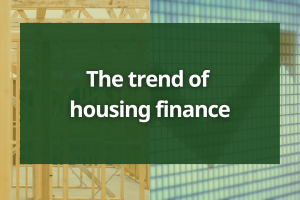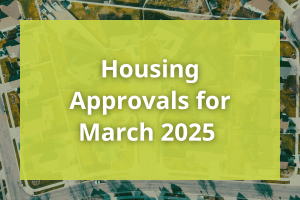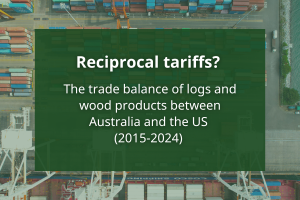Jim Houghton, FWPA’s Statistics & Economics Manager provides a broad scan of the outlook for the Australian economy over 2019
In ancient days the Greeks consulted the Oracle of Delphi for advice on the future. These days technology has enabled us to harness the wisdom of crowds but I am not sure we are any the wiser other than knowing what’s trending on YouTube. In my view the key to thinking about the future still remains the use of good data and the application of common sense.
As 2019 gets underway there has been a lot of media discussion about the outlook for the economy. Much of this has been influenced by the significant drop in house prices, which twelve months ago were forecast for a soft landing, but have experienced steep declines. For instance, Sydney down 9.5% from its peak in July 2017 and Melbourne down 5.8% from its peak in November 2017 with further falls of 5%+ forecast.
In December 2018, ABC News Online commented that “as the slump moves into its second year with little or no prospect of rebound, the downturn in capital city property markets threatens to drag down the rest of the economy. And with a mixed outlook for the global economy, doubts are surfacing about where Australia is going to find the fuel to extend its near-record run of 27 years of unbroken economic growth.”
But what such reports overlook is that house price declines in the past have been associated with rising interest rates, unemployment and the economy in recession. Right now we have none of those factors in play. So what does the data tell us:
| Measure | Current | Forecast(1) | Direction | ||
| GDP | 2.7% | 2.6% | ▼ | ||
| Unemployment | 5.0% | 5.1% | ▲ | ||
| Interest Rates | 1.5% | 1.5% | ► | ||
| Wages Growth | 2.3% | 2.3% | ► | ||
| CPI | 1.8% | 2.0% | ▼ | ||
| Dwelling Approvals Total |
214,760 | YoY(2) Change -3.9% |
▲ | ||
| Dwelling Approvals Detached Houses |
119,905 | YoY Change 1.4% |
▼ | ||
| Housing Finance Total |
$22.9 Billion | YoY Change -14.5% |
|||
| Housing Finance Owner Occupiers |
$13.4 Billion | YoY Change -9.6% |
▼ | ||
| Housing Finance | Investors |
$9.5 Billion | YoY Change -20.6% |
▼ | ||
| Building Activity Housing Starts |
29,335 | QoQ(3) Change -4.5% |
▼ | ||
| Building Activity Housing Under Construction |
68,284 | QoQ Change -3.8% |
▼ | ||
| Building Activity Pipeline(4) Houses |
$15.4 Billion | QoQ Change 0.1% |
▲ | ||
| Building Activity Houses Commenced |
$9.11 Billion | QoQ Change -0.3% |
▼ | ||
| Building Activity A&A(5) Commenced |
$2.14 Billion | QoQ Change -2.6% |
▼ | ||
| Softwood Timber Sales |
3.057 Million m3 | YoY Change -1.68% |
▼ | ||
| Softwood Sawntimber Imports |
917,914m3 | YoY Change 58% |
▲ | ||
| 1. Forecast data sourced from The Conversation 29 January, 2019 survey of 19 academic economists 2. YoY is year on year comparison 3. QoQ is quarter on quarter comparison 4. Pipeline defined as work not yet done, work not yet commenced 5. A&A ABS survey data based on projects greater than $10,000 value |
|||||
So not surprisingly the data is mixed, but on balance there are still a number of positives for the timber industry. Whilst dwelling approvals are down this has mainly been in the multi residential area with detached homes rising slightly. Housing finance growth is down significantly (the tightening of credit which is impacting prices) which is hitting investors but to a lesser extent owner occupiers.
Housing starts have eased but there is still a big pipeline of work on the books. This has seen a moderation in demand for local softwood sawntimber combined with a big surge in imports. So the immediate challenge here is more related to inventory management assuming the underlying demand for new housing remains reasonable.
The data suggests the boom is over with economic growth easing but not collapsing. Yes, there are some storm clouds on the horizon and plenty of challenges ahead, but even the Oracle of Delphi could tell us that.



